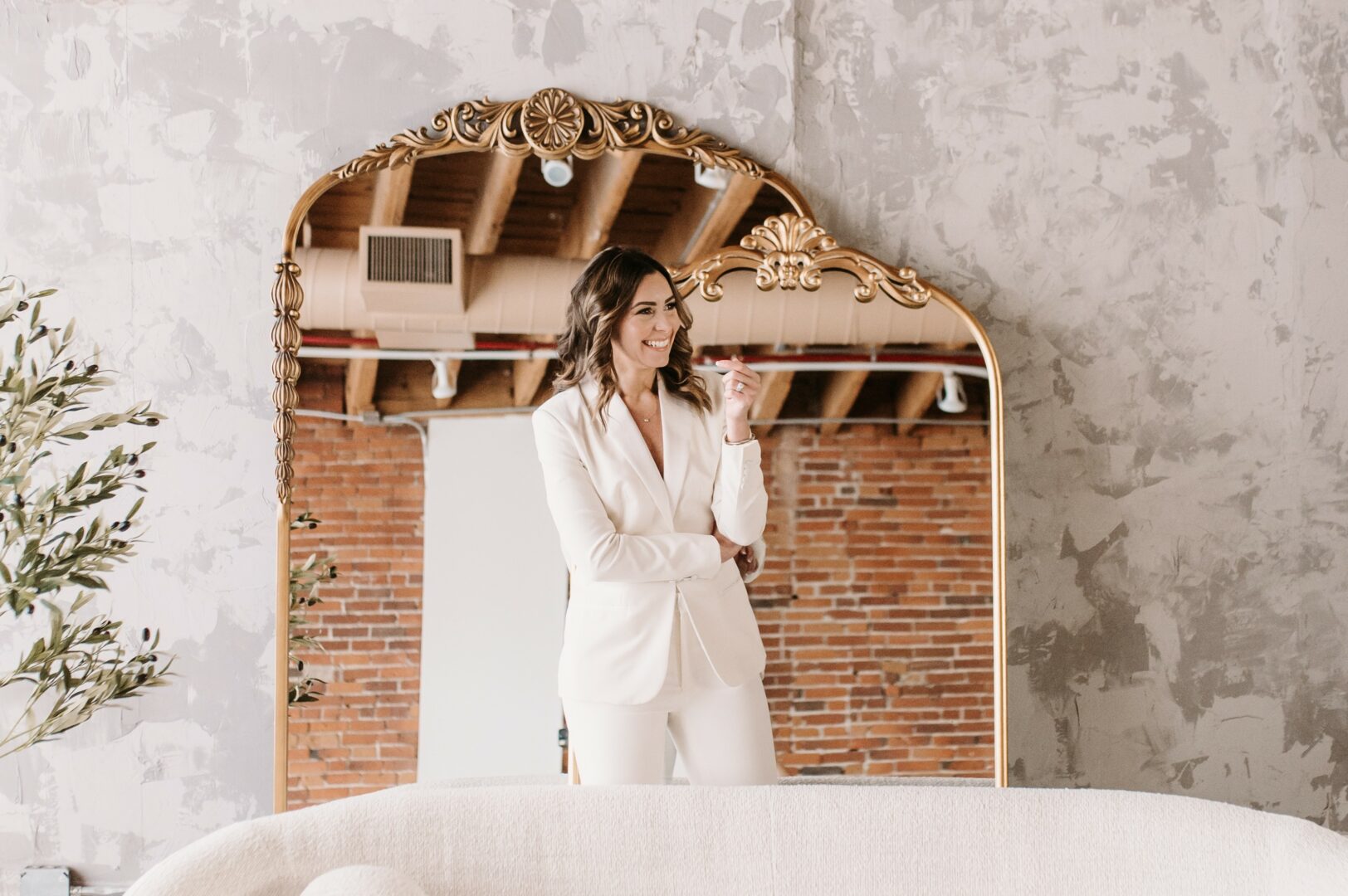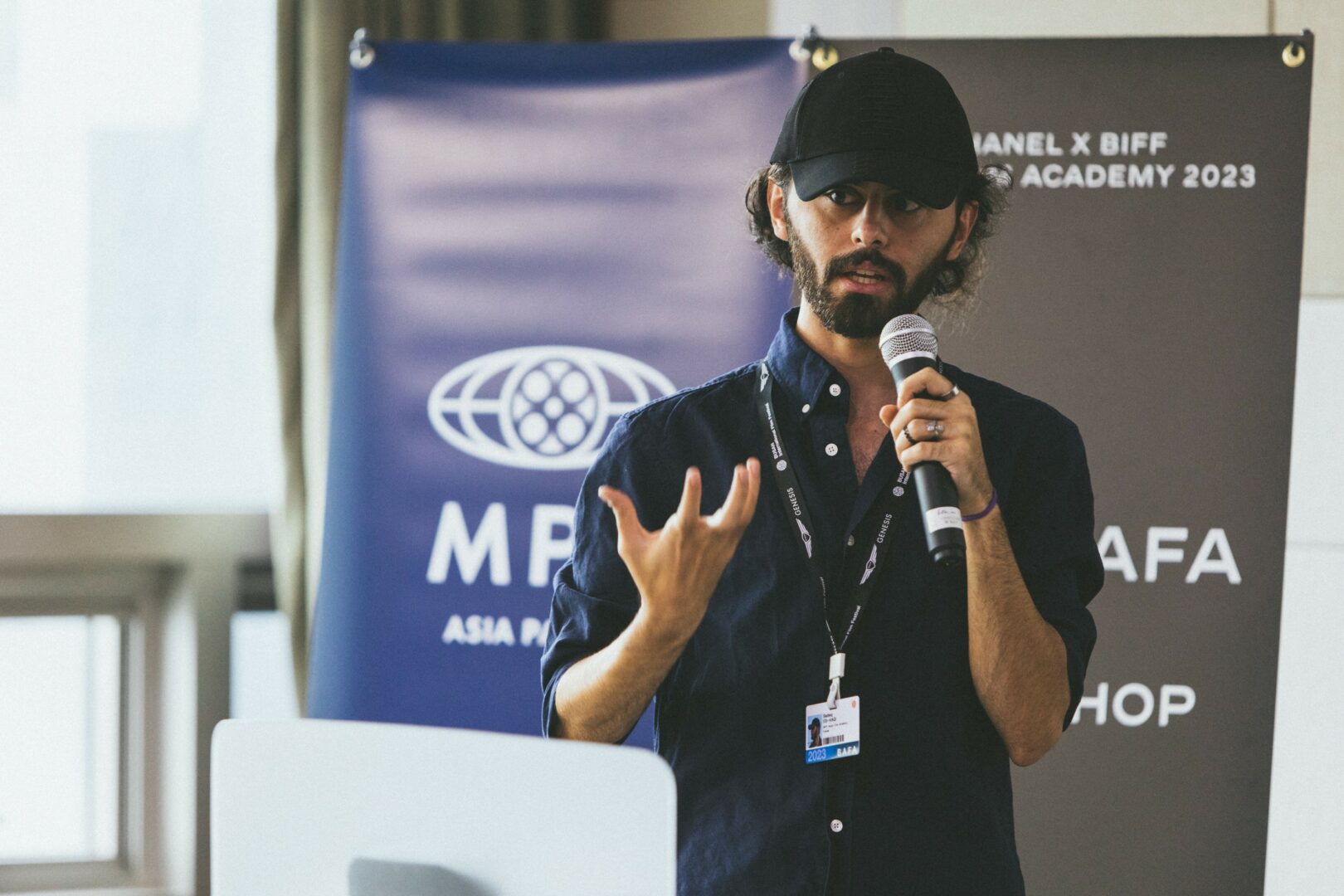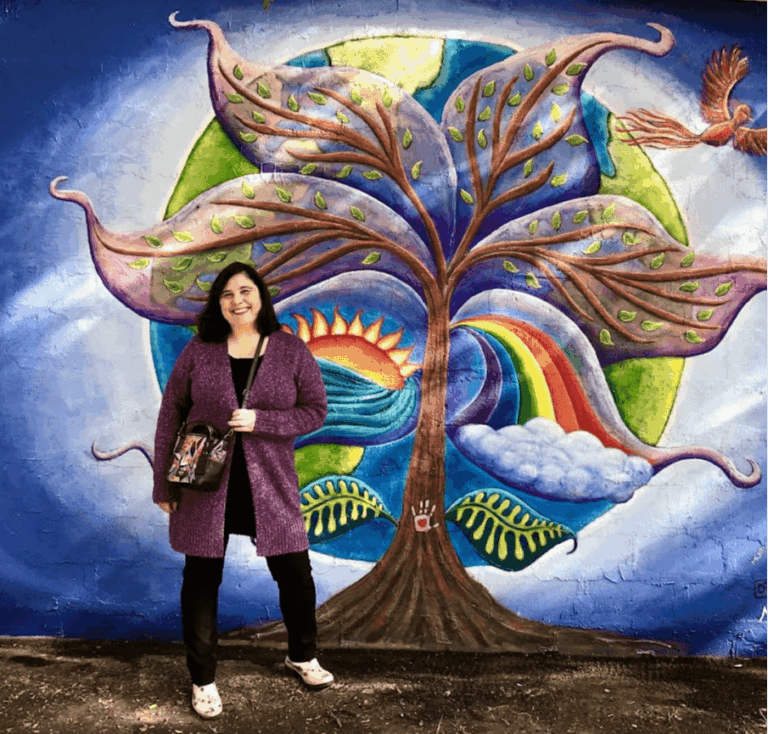Alright – so today we’ve got the honor of introducing you to Ting Zhou. We think you’ll enjoy our conversation, we’ve shared it below.
Ting, thanks so much for taking the time to share your insights and lessons with us today. We’re particularly interested in hearing about how you became such a resilient person. Where do you get your resilience from?
My resilience comes from lived experience—both the quiet struggles and the big, life-changing moments. As an Asian woman in academia, I’ve had to navigate challenges that taught me to be independent, to stay focused, and to keep going even when the path felt uncertain.
I’ve also learned resilience through loss. Losing a close friend in my twenties and my younger sister in my thirties changed me deeply. Those experiences reminded me that life isn’t always fair or easy, but we have a responsibility to care for others, to move forward, and to live with purpose.
One of the most defining parts of my journey has been navigating the two-body problem. My husband and I have academic jobs in different states, which has meant years of living apart. While building my career, I’ve also been raising our two children, often on my own. It hasn’t been easy—but it’s taught me how to stay grounded, adaptable, and determined.
Most recently, I faced a difficult situation in my professional life that made me realize resilience also means having the courage to speak up. I used to believe that staying silent would keep things stable—but I’ve learned that using your voice, even when it’s hard, is a powerful act of strength.
Above all, my two children are my greatest source of strength. They remind me every day why resilience matters—not just for myself, but for the people I love and support.

Thanks for sharing that. So, before we get any further into our conversation, can you tell our readers a bit about yourself and what you’re working on?
I am a mother of two bilingual children who serve as my daily motivators. To me, motherhood is the greatest commitment of my life—a role that is both endless and irreplaceable.
I am also a designer, artist, and educator at the University of Connecticut, where I serve as an Assistant Professor of Web and Interactive Design. John Maeda identified three kinds of design: classical design, design thinking, and computational design. My work is grounded in classical design, practiced through design thinking, and now expanding into computational design. I am currently integrating emerging technologies into both my research and personal art projects. My design practice focuses on using human-centered design to create healthcare interventions that improve access and reduce disparities. Over the past three years, I have collaborated with faculty in nursing and chemistry to lead several interdisciplinary research projects.
One such project is Zuri, developed in collaboration with Dr. Christina Ross, Assistant Professor of Nursing at UConn. Funded through internal support, Zuri is a mobile health (mHealth) application designed to support sexual self-efficacy in Black adolescent girls. In the app, Zuri—a “big sister” figure—guides users as they learn, play games, and chat. The app includes four features: Play with Zuri, Learn with Zuri, Track Your Health, and Chat with Zuri. We use animation and gamification to teach users how to negotiate with partners, use condoms, and communicate effectively. These mini-games allow users to practice real-world scenarios in a safe, simulated environment—especially helpful for adolescents uncomfortable discussing sex in a classroom setting.
As an artist, I believe what we experience defines what we create. For three years, I documented my daughter’s lunch boxes and leftovers, treating this as an ongoing, visual conversation—a quiet dialogue of giving and receiving. This repetitive act reflects the unseen strength of a mother’s domestic work. Across cultures, motherhood is tied to nurturing, yet domestic labor—cooking, cleaning, caregiving—is often dismissed as mundane. But in reality, it is these small, consistent acts of love that shape a child’s growth.
My latest work, So Far, Yet So Close, is a VR animation and immersive data visualization project inspired by my experience with the two-body problem in academia. My husband and I have held academic positions in different states, and for years, we’ve lived apart. As a mother of two young children, I’ve carried the weight of parenting largely on my own. Over the course of two years, I recorded how often my children saw their father and how many minutes they spent communicating with him via phone or video chat. These data points represent not just physical absence, but emotional gaps. Through VR animation, So Far, Yet So Close visualizes the emotional and developmental impact of this distance, especially on young children. It highlights the often-unseen sacrifices academic families make—not just for their careers, but at the expense of shared family life. We contribute to our institutions and research fields, but we are also human beings—and most importantly, we are someone’s parent. Our children only grow up once. I hope this work sparks empathy and opens conversations about what it means to raise a family in academia.
As a design educator, I love teaching. I believe we have a profound responsibility to prepare students for the real world. For me, research and teaching are inseparable—each strengthens the other. As a major advisor, I have guided four graduate students through their thesis projects—two have graduated, and two will finish this May. Through mentoring, I witness the impact human-centered design can have in healthcare and beyond. Their work reminds me of the power of design to address real needs, and I’m proud to support their journeys.

There is so much advice out there about all the different skills and qualities folks need to develop in order to succeed in today’s highly competitive environment and often it can feel overwhelming. So, if we had to break it down to just the three that matter most, which three skills or qualities would you focus on?
Looking back, three things have made a big difference in my journey: resilience, collaboration, and being open-minded.
Resilience has helped me get through both personal and professional challenges. From balancing work and family to navigating the demands of academia, staying strong and not giving up has been essential. My advice? Embrace the tough moments—they’re where real growth happens. At one point, I was teaching three courses while also taking a graduate-level public health class at UConn. It was exhausting, and there were times I questioned whether I could manage it all. But I didn’t give up—and in the end, I made it through. That experience showed me just how much I’m capable of handling.
Collaboration has also been key to my work. I work closely with students, researchers, and community members, and I’ve learned that the best ideas often come from teamwork. Don’t be afraid to ask questions, share your thoughts, and learn from others. Working on interdisciplinary collaborations has reinforced the importance of being a good team member. I remember meeting Professor Joe Sanders, an architecture faculty member at Yale, who shared a perspective that stayed with me. He said that in the design field, funding opportunities are often limited, and principal investigators in healthcare and science may not always recognize the value of design as research. Too often, design is treated as a service rather than an integral part of the research process. But instead of arguing or competing for recognition, I believe the most effective approach is to focus on our design practice and show up as strong, supportive collaborators. We all bring different strengths to the table, and by working together, we can amplify our collective impact and move the field forward in meaningful ways.
Lastly, being open-minded has helped me keep moving forward. Whether I’m exploring new technologies, trying out different teaching approaches, or learning from my students, staying curious and flexible has opened up so many opportunities. What I learned in graduate school is completely different from what I’m doing now. As designers, we don’t have much of a choice—we must keep learning and stay open to new tools, ideas, and technologies. It’s the only way to grow and stay relevant in a constantly evolving field.
For anyone starting out, I’d say: stay curious, stay humble, and never stop learning.

Before we go, maybe you can tell us a bit about your parents and what you feel was the most impactful thing they did for you?
My parents didn’t always have enough resources to support my education in the way some others might, but they gave me something even more powerful—unconditional support and encouragement. As a first-generation college student and faculty member, I carry with me the lessons they taught me early on: that education can change your life. They always reminded me that learning is the path to independence and possibility.
They also taught me the value of hard work, resilience, and kindness. Even when life was difficult, they showed me how to stay grounded and keep moving forward. Their quiet strength and sacrifices shaped who I am today.
My mother was forced to leave her job as an elementary school teacher. After that, she and my father opened a small grocery store to support our family and raise four children. She is an incredibly smart, tough, and strong woman. I still remember how she would carefully plan every expense before each new semester to make sure we had enough money for our tuition. She always told me, “As long as we’re alive, we’ll find a way to survive.” That simple belief has stayed with me and continues to guide me through life’s challenges.
Contact Info:
- Website: https://tingzhou.design/
- Instagram: https://www.instagram.com/isnotdesign/
- Linkedin: https://www.linkedin.com/in/cerixzhou/



Image Credits
Photo by Jared Beltz
so if you or someone you know deserves recognition please let us know here.




